party¶
Set of classes to store persons, organizations, relationships and contact mechanisms
These structures are modeled like described in ‘The Data Model Resource Book’ by Len Silverston, Chapter 2
- class camelot.model.party.Address(*args, **kwargs)[source]¶
The Address to be given to a Party (a Person or an Organization)
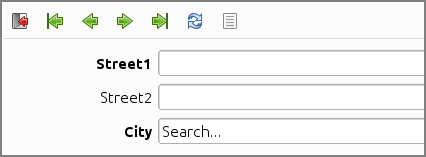
Fields :
- city : refers to <class ‘camelot.model.party.City’>
- street1 : VARCHAR(128), required
- street2 : VARCHAR(128), not required
- party_addresses : refers to PartyAddress
- class camelot.model.party.AddressAdmin(app_admin, entity)[source]¶
Admin with only the Address information and not the Party information
- class camelot.model.party.City(*args, **kwargs)[source]¶
- A subclass of GeographicBoundary used to store the name, the postal code
- and the Country of a city
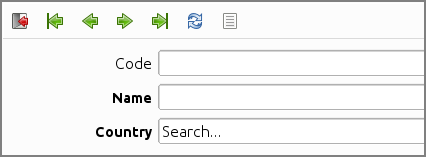
Fields :
- country : refers to <class ‘camelot.model.party.Country’>
- class camelot.model.party.ContactMechanism(*args, **kwargs)[source]¶
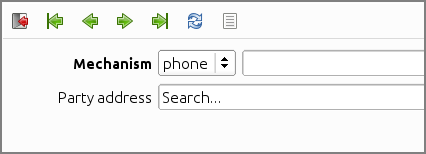
Fields :
- party_contact_mechanisms : refers to PartyContactMechanism
- mechanism : VARCHAR(256), required
- party_address : refers to <class ‘camelot.model.party.PartyAddress’>
- class camelot.model.party.Country(*args, **kwargs)[source]¶
- A subclass of GeographicBoundary used to store the name and the
- ISO code of a country
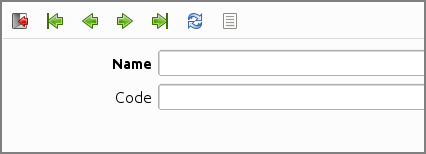
Fields :
- class camelot.model.party.DirectedDirector(*args, **kwargs)[source]¶
Relation from a directed organization to a director
- class camelot.model.party.EmployerEmployee(*args, **kwargs)[source]¶
Relation from employer to employee
- class camelot.model.party.GeographicBoundary(*args, **kwargs)[source]¶
The base class for Country and City
- class camelot.model.party.Organization(*args, **kwargs)[source]¶
- An organization represents any internal or external organization. Organizations can include
- businesses and groups of individuals

Fields :
- customers : refers to SupplierCustomer
- logo : VARCHAR(100), not required
- tax_id : VARCHAR(20), not required
- shareholders : refers to SharedShareholder
- name : VARCHAR(50), required
- employees : refers to EmployerEmployee
- directors : refers to DirectedDirector
- suppliers : refers to SupplierCustomer
- class camelot.model.party.Party(*args, **kwargs)[source]¶
Base class for persons and organizations. Use this base class to refer to either persons or organisations in building authentication systems, contact management or CRM
- class camelot.model.party.Person(*args, **kwargs)[source]¶
Person represents natural persons
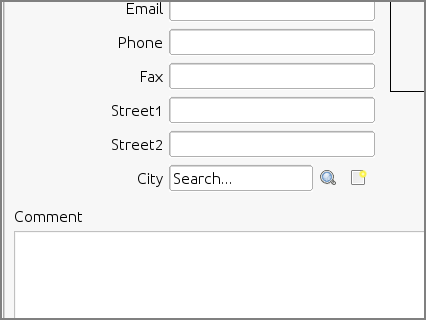
Fields :
- comment : TEXT, not required
- picture : VARCHAR(100), not required
- last_name : VARCHAR(40), required
- suffix : VARCHAR(3), not required
- sex : VARCHAR(1), not required
- passport_expiry_date : DATE, not required
- employers : refers to EmployerEmployee
- first_name : VARCHAR(40), required
- middle_name : VARCHAR(40), not required
- passport_number : VARCHAR(20), not required
- birthdate : DATE, not required
- is_superuser : <class ‘sqlalchemy.types.Boolean’>, not required
- is_staff : <class ‘sqlalchemy.types.Boolean’>, not required
- martial_status : VARCHAR(1), not required
- social_security_number : VARCHAR(12), not required
- personal_title : VARCHAR(10), not required
- class camelot.model.party.RepresentedRepresentor(*args, **kwargs)[source]¶
Relation from a representing party to the person representing the party
Relation from a shared organization to a shareholder